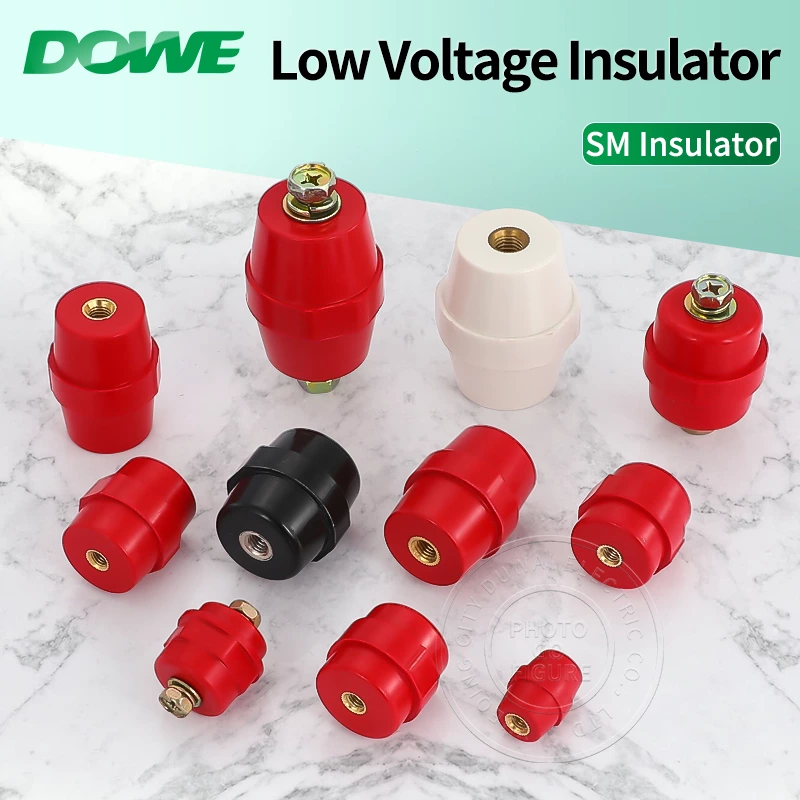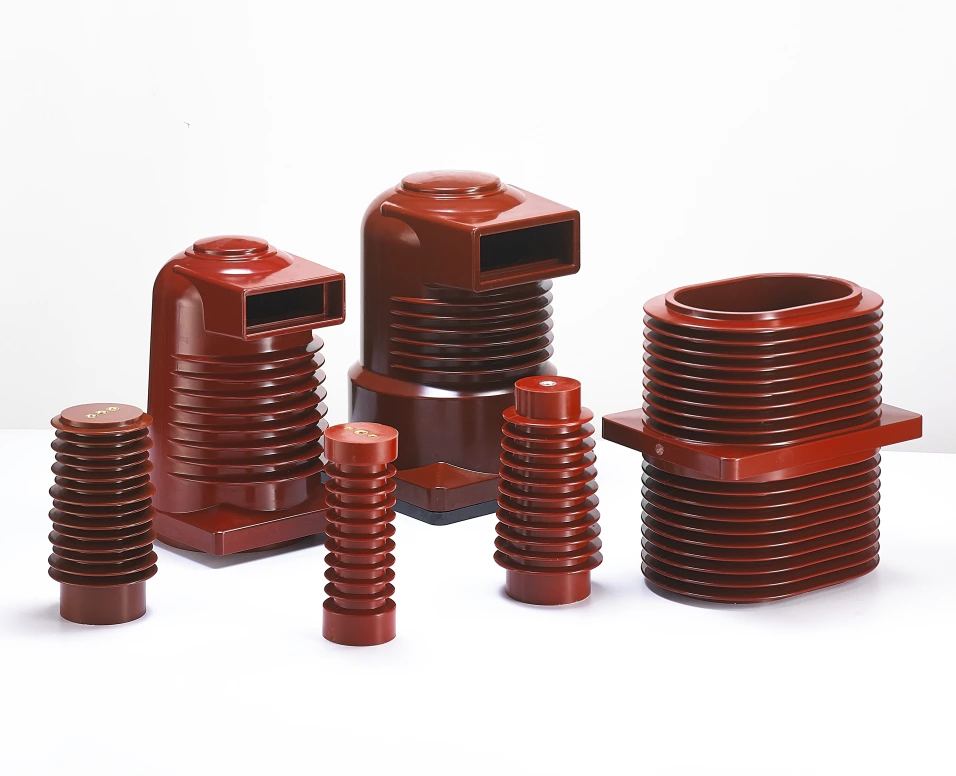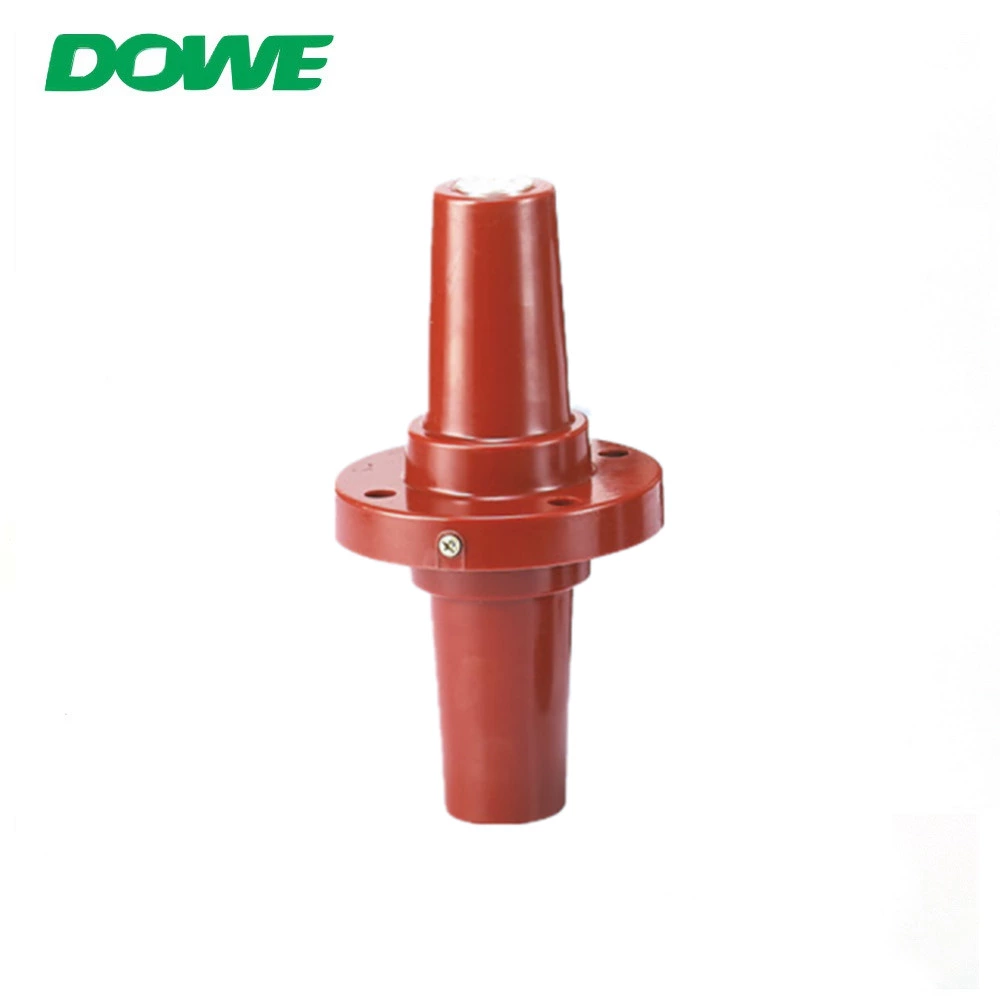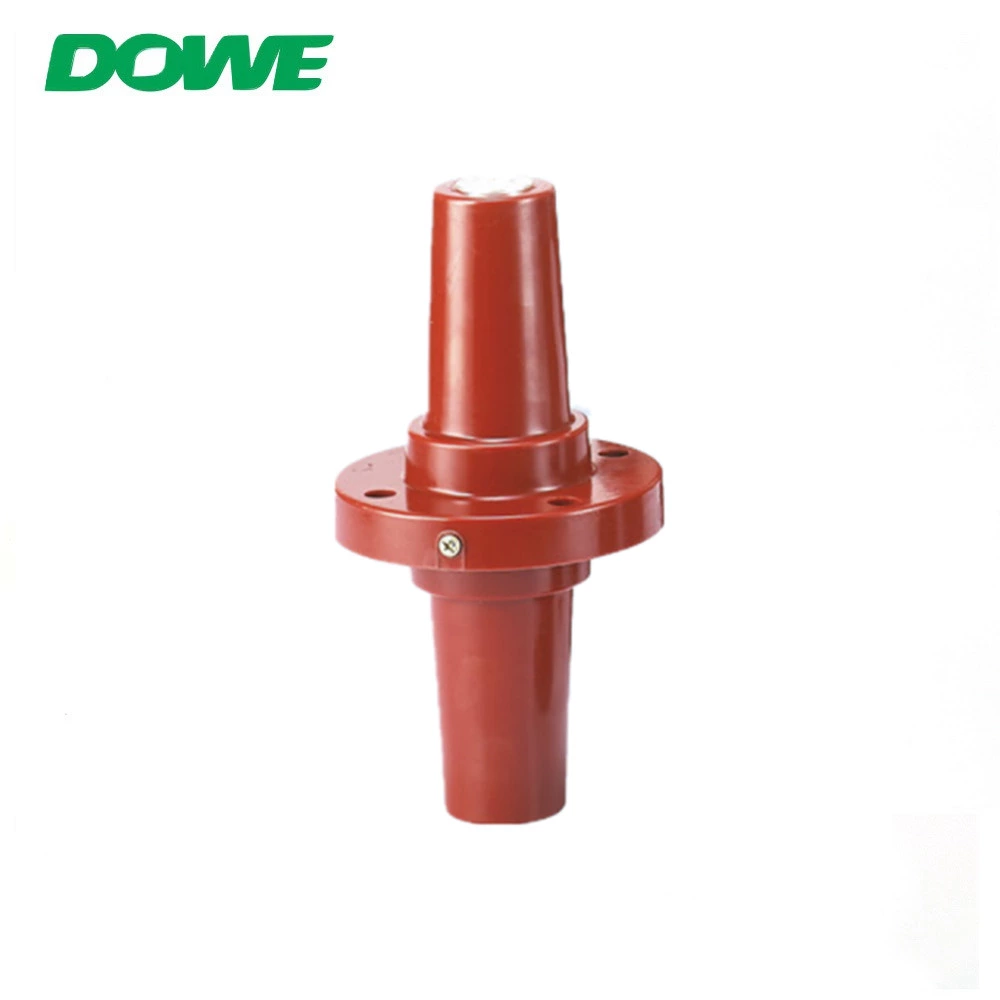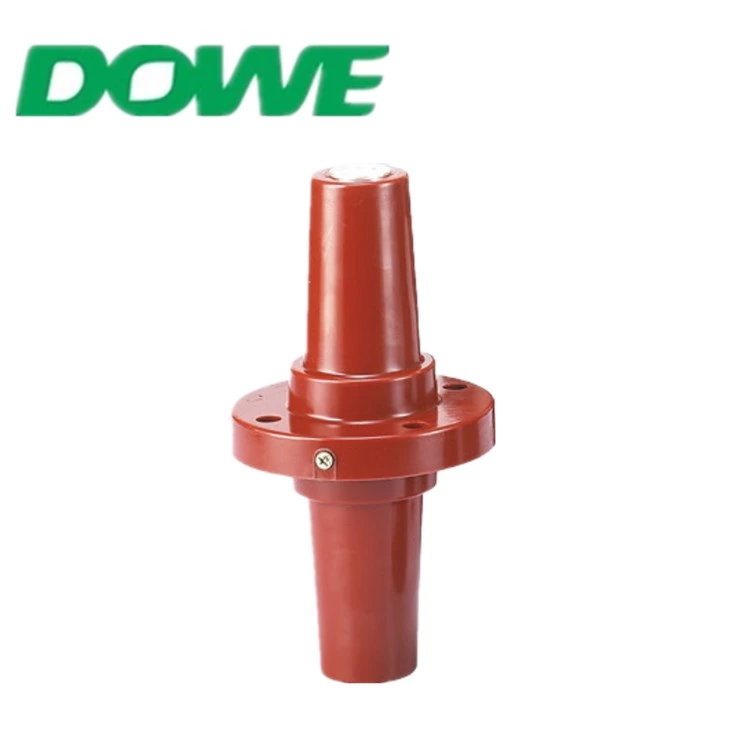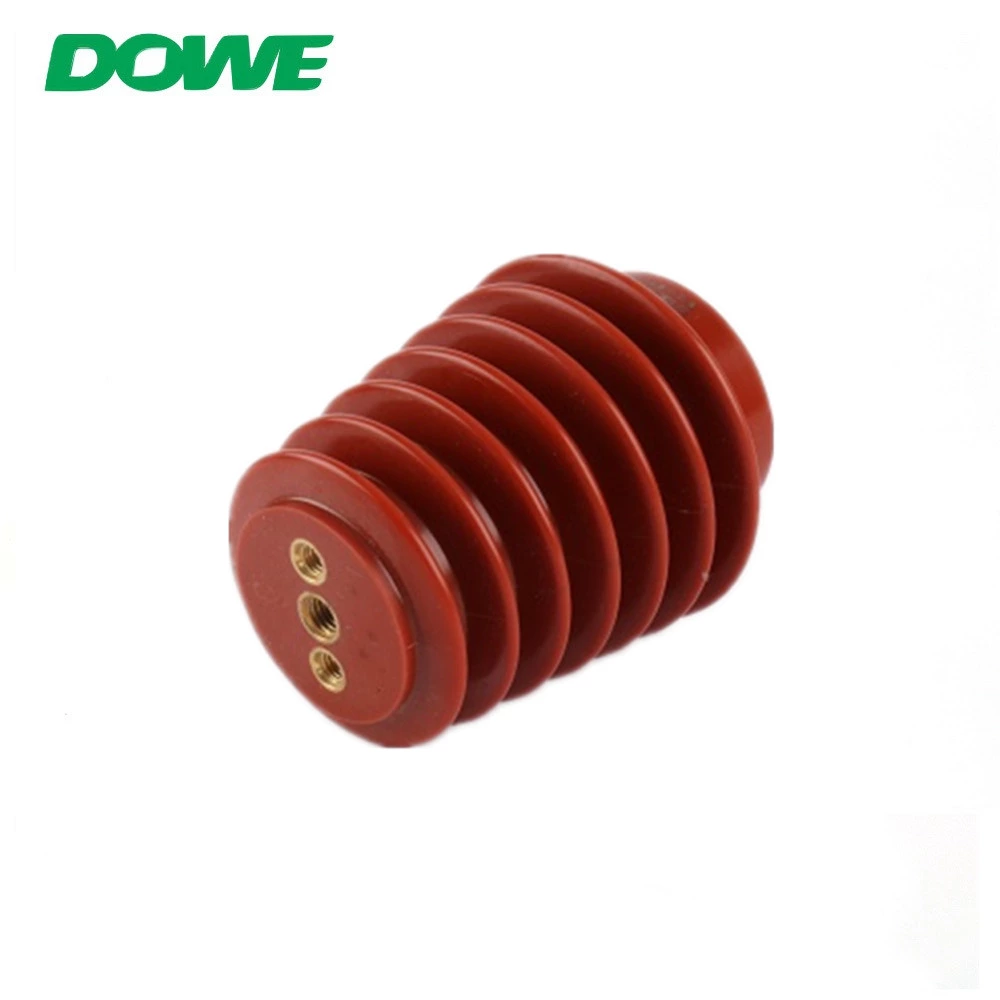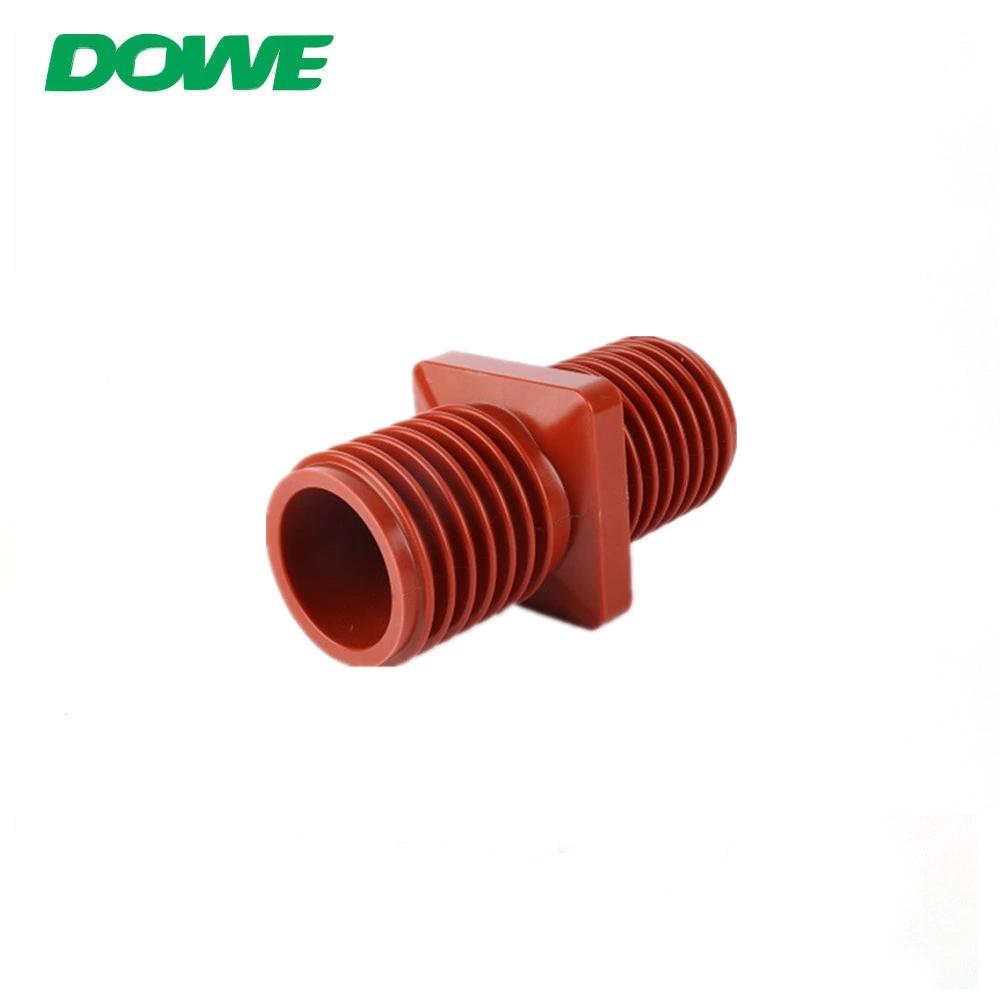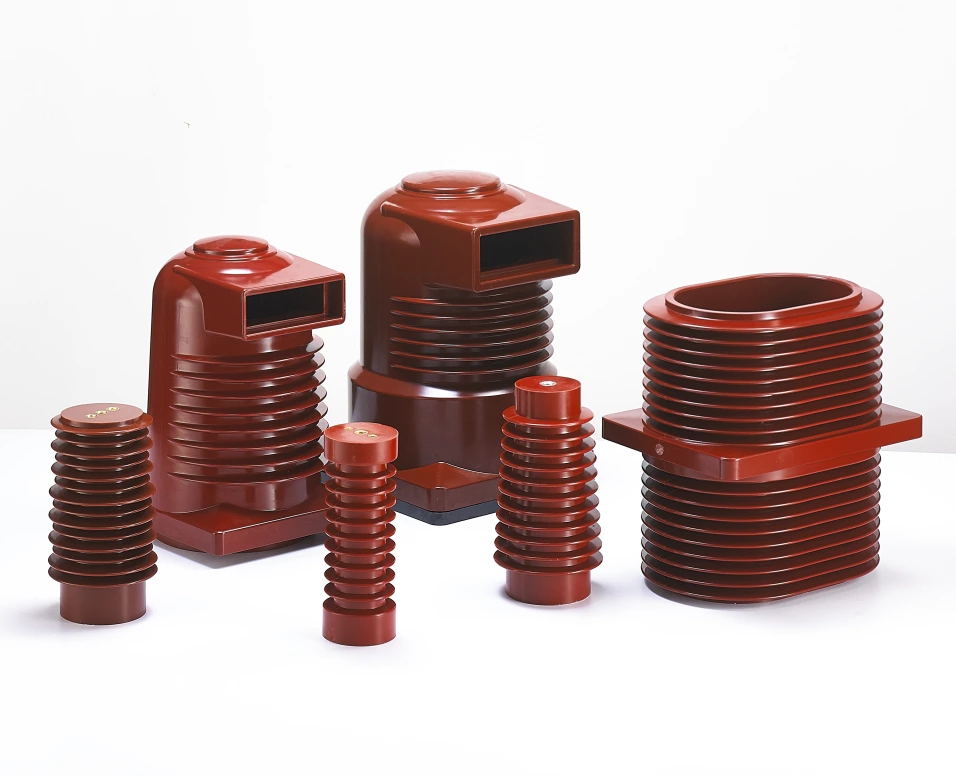The Ultimate Guide to Heat Shrink Tubing
The Ultimate Guide to Heat Shrink Tubing
Introduction
Welcome to the ultimate guide to heat shrink tubing! If you're unfamiliar with heat shrink tubing or just need a refresher, you've come to the right place. In this comprehensive guide, we will explore everything you need to know about heat shrink tubing, from its basic definition to its various types and applications.
Heat shrink tubing is a versatile and essential component in electrical wiring and cable management. It is a shrinkable plastic tube that provides insulation, protection, and strain relief for wires and cables. When heated, the tubing shrinks and conforms to the shape of the underlying material, creating a tight and secure fit.
In this guide, we will delve into the different types of heat shrink tubing available, including single wall tubing and dual wall tubing. We will discuss the various materials used in heat shrink tubing, such as polyolefin, fluoropolymers, and elastomers, and their specific properties and applications.
Choosing the right heat shrink tubing for your specific needs is crucial, and we will provide you with valuable tips and tricks to ensure you make the best selection. We will cover factors to consider, such as sizing requirements, electrical property requirements, and the operating environment.
Once you have chosen the appropriate heat shrink tubing, we will guide you through the process of using it effectively. From proper installation techniques to the use of heat guns and other tools, we will provide you with all the information you need to achieve successful results.
Throughout this guide, we will share expert insights and practical advice to help you make informed decisions and achieve optimal outcomes. Whether you are a professional electrician, a DIY enthusiast, or simply curious about heat shrink tubing, this guide will equip you with the knowledge and confidence to tackle any project.
So, let's dive into the world of heat shrink tubing and unlock its full potential. By the end of this guide, you will have a comprehensive understanding of heat shrink tubing and be ready to tackle any wiring or cable management task with ease. Get ready to become a heat shrink tubing expert!
What is Heat Shrink Tubing?
Heat shrink tubing, also known as heatshrink or heat shrink, is a versatile and widely used plastic tube that provides insulation, protection, and strain relief for electrical wiring and components. It is made of a shrinkable material, typically polyolefin, which contracts radially (but not longitudinally) when heated. This shrinkage allows the tubing to tightly wrap around wires, connectors, joints, and terminals, providing a secure and protective covering.
Heat shrink tubing is available in a wide range of varieties and chemical compositions, each designed to meet specific application requirements. From thin-wall tubing for delicate applications to rigid, heavy-wall tubing for robust environments, there is a heat shrink product suitable for every need. The tubing is rated by its expansion ratio, which compares the differences in expansion and recovery rates.
To use heat shrink tubing, it is first fitted onto the wire or component before making the connection. It is then slid down to cover the joint after it is made. The tubing is then heated using an oven, hot air gun, or other heat source, causing it to shrink and tightly conform to the shape of the underlying material. This creates a secure and protective seal that insulates against electrical currents, protects against dust and moisture, and provides strain relief.
Heat shrink tubing can be used for a variety of applications, including insulation, repair, bundling, and sealing. It is commonly used in electrical wiring, automotive repairs, electronics, telecommunications, and many other industries. The tubing is available in different colors for color-coding wires and connections, and some types have a layer of adhesive on the inside for improved sealing and adhesion.
When choosing heat shrink tubing, it is important to consider factors such as sizing requirements, electrical properties, and the operating environment. The tubing should be selected based on the specific needs of the application, such as temperature resistance, chemical resistance, and mechanical durability.
In conclusion, heat shrink tubing is a versatile and essential component in electrical and electronic applications. Its ability to provide insulation, protection, and strain relief makes it a reliable and effective solution for a wide range of industries. By understanding the different types and properties of heat shrink tubing, and selecting the appropriate product for each application, professionals can ensure the safety, durability, and performance of their electrical systems.
Types of Heat Shrink Tubing
When it comes to heat shrink tubing, there is a wide variety of types available to suit different applications and requirements. Each type of heat shrink tubing is designed with specific features and characteristics to meet the demands of various industries and environments. In this section, we will explore some of the most common types of heat shrink tubing and their unique properties.
Polyolefin Tubing
Polyolefin tubing is the most commonly used type of heat shrink tubing. It is known for its excellent electrical insulation properties and resistance to abrasion. Polyolefin tubing is flexible, fast-shrinking, and available in a wide range of colors for color-coding wires. It has a maximum continuous-use temperature of -55 to 135 °C and is widely used in the military, aerospace, and railway industries.
Adhesive-Lined Tubing
Adhesive-lined heat shrink tubing is a specialty product that provides an additional layer of protection and sealing. It has an inner layer of adhesive that melts and flows when heated, creating a tight seal and better adhesion to the underlying material. Adhesive-lined tubing is commonly used in applications where environmental sealing is required, such as in outdoor or underground installations.
Fluoropolymer Tubing
Fluoropolymer tubing, such as FEP (fluorinated ethylene propylene) and PTFE (polytetrafluoroethylene), is highly resistant to extreme heat, cold, and chemicals. It offers excellent electrical insulation and is inert to most solvents and fluids. Fluoropolymer tubing is commonly used in high-temperature applications, such as in the aerospace and automotive industries.
PVC Tubing
PVC (polyvinyl chloride) tubing is a cost-effective option for heat shrink applications. It is available in a wide range of colors and has good electrical insulation properties. PVC tubing is commonly used in indoor applications or where UV resistance is not a concern. However, it should be noted that PVC can burn if touched with a soldering iron.
Elastomeric Tubing
Elastomeric tubing is known for its high flexibility even at low temperatures. It has a wide operating temperature range of -75 to 150 °C and is resistant to many chemicals and abrasion. Elastomeric tubing is commonly used in harsh environmental conditions where flexibility and durability are required, such as in the automotive and industrial sectors.
Specialty Tubing
In addition to the above-mentioned types, there are also specialty heat shrink tubing options available for specific applications. These include heat shrink tubing with a conductive lining for non-soldered joints, heat shrink tubing with a solder sleeve for electrical connections, and heat shrink end caps for insulating exposed wire ends. There are also specialty materials available, such as heat shrink tubing resistant to diesel and aviation fuels, and woven fabric tubing for increased abrasion resistance.
When choosing the right type of heat shrink tubing for your application, it is important to consider factors such as the operating environment, electrical requirements, and desired properties. By selecting the appropriate tubing, you can ensure reliable insulation, protection, and sealing for your wires, cables, and components.
Choosing the Right Heat Shrink Tubing
When it comes to selecting the right heat shrink tubing for your needs, there are several factors to consider. By understanding your application requirements, you can ensure that you choose the most appropriate and cost-effective product. Here are some key considerations to keep in mind:
Sizing Requirements
Determining the correct size of heat shrink tubing is crucial for a successful application. Measure the largest diameter that the expanded sleeve needs to slide over, as well as the smallest diameter that the tubing needs to completely cover after shrinking. These dimensions will help you determine the required size and shrink ratio for your tubing. Additionally, consider the wall thickness needed for your application, taking into account any electrical requirements or excessive abrasion or wear.
Electrical Property Requirements
If your heat shrink tubing needs to provide electrical insulation or bundle electrical wires, it is important to determine if it needs to meet any regulatory guidelines. Common specifications include UL, CSA, ASTM, AMS, EU, RoHS, and VDE. These specifications cover electrical requirements such as dielectric strength and flame resistance. It is also important to consider if the tubing needs to be free of halogens or made from a specific material.
Operating Environment
Understanding the environment in which the heat shrink tubing will operate is another critical step. Consider factors such as excessive abrasion or flexing, contact with oils, greases, fuels, chemicals, or other fluids, indoor or outdoor use, UV exposure, resistance to fungus growth, and the need for enhanced environmental sealing. Additionally, determine if the tubing needs to protect any sensitive portion of the object it is covering.
Determine the Required Tubing Size
Using the measurements obtained in the sizing requirements step, determine the most appropriate tubing size for your application. Check that the minimum expanded inside diameter (ID) of the tubing is greater than the largest diameter it needs to slide over, and that the maximum recovered ID is less than the smallest diameter it needs to cover. If the product datasheet does not have the maximum recovered ID listed, you can estimate it using the minimum expanded ID and the shrink ratio.
Choose the Appropriate Heat Shrink Material
Polyolefin is the most widely used material for heat shrink tubing, but there are also specialty materials available such as fluoropolymers and elastomers. Consider the specific qualities and requirements of your application when choosing the material. Keep in mind that specialty materials may be more costly than polyolefin. Adhesive-lined heat shrink tubing is also available, providing an environmental seal and extra protection.
By considering these factors and understanding your application requirements, you can confidently choose the right heat shrink tubing for your needs. Remember to consult the product datasheets and specifications to ensure that the tubing meets all necessary requirements. With the proper selection, you can protect and organize your wires effectively.
How to Use Heat Shrink Tubing
Heat shrink tubing is a versatile and effective solution for protecting and organizing wires in various applications. Whether you are working on an electrical installation or repairing damaged wires, knowing how to properly use heat shrink tubing is essential. In this section, we will guide you through the steps to ensure successful heat shrink tubing installation.
Step 1: Prepare the Materials
Before you begin, gather all the necessary materials. This includes the heat shrink tubing, a heat source (such as a heat gun), and any other tools required for your specific application. Ensure that the heat shrink tubing is the correct size and shrink ratio for your wires.
Step 2: Measure and Cut the Tubing
Measure the length of the wire or connection that needs to be covered with heat shrink tubing. Add a small allowance for overlap. Using a sharp pair of scissors or a utility knife, carefully cut the heat shrink tubing to the desired length. Remember to account for the longitudinal shrinkage that occurs during the shrinking process.
Step 3: Slide the Tubing onto the Wire
Slide the pre-cut heat shrink tubing onto the wire, ensuring that it covers the desired area. Make sure the tubing is positioned correctly and that there is enough tubing to cover the entire length of the wire or connection.
Step 4: Apply Heat
Using a heat gun or other suitable heat source, apply heat evenly to the heat shrink tubing. Move the heat source back and forth, maintaining a safe distance to prevent overheating or damage to the tubing. As the tubing heats up, it will begin to shrink and conform to the shape of the wire or connection.
Step 5: Check for Proper Shrinkage
Once the heat shrink tubing has fully shrunk, visually inspect it to ensure that it has tightly and uniformly adhered to the wire or connection. Check for any gaps or areas where the tubing may not have fully shrunk. If necessary, reapply heat to those areas until the tubing is properly sealed.
Step 6: Allow Cooling and Testing
After the heat shrink tubing has cooled down, give it a gentle tug to ensure that it is securely in place. Test the connection or wire to ensure that it is functioning properly. If any issues are detected, reevaluate the installation and make any necessary adjustments.
By following these steps, you can effectively use heat shrink tubing to protect and organize your wires. Remember to choose the right size and shrink ratio for your specific application, and always use caution when applying heat to prevent damage. With proper installation, heat shrink tubing will provide long-lasting protection and insulation for your wires.
Tips and Tricks for Successful Heat Shrink Tubing
When it comes to using heat shrink tubing, there are a few tips and tricks that can help ensure a successful application. Whether you are a professional electrician or a DIY enthusiast, these tips will help you get the most out of your heat shrink tubing.
Choose the Right Size: Before starting your project, make sure you select the correct size of heat shrink tubing. Measure the diameter of the wire or object you want to cover and choose a tubing size that will shrink down to a snug fit. Remember to consider the 80:20 rule, where the tubing should shrink by at least 20% and not more than 80% of its supplied dimension.
Prepare the Surface: To ensure a tight and smooth fit, it is important to clean and prepare the surface before applying the heat shrink tubing. Remove any dirt, grease, or moisture that could interfere with the adhesion of the tubing. You can use rubbing alcohol or a specialized cleaner to clean the surface thoroughly.
Use the Right Heat Source: The heat source you use to shrink the tubing is crucial for a successful application. A heat gun or a hot air gun is the most effective and precise tool for shrinking heat shrink tubing. It provides an even distribution of heat, allowing the tubing to shrink uniformly. Avoid using an open flame or a lighter, as these can cause uneven heating and potentially damage the tubing.
Apply Heat Gradually: When using a heat gun, start by applying heat to the middle section of the tubing and gradually move towards the ends. This will help prevent trapping air under the tubing and ensure a smooth and tight fit. Avoid applying excessive heat in one spot, as it can cause the tubing to melt or burn.
Check for Proper Shrinkage: After applying heat, check that the tubing has shrunk evenly and tightly around the wire or object. Look for any gaps or loose areas, as these can compromise the insulation and protection provided by the tubing. If needed, you can reapply heat to those areas to achieve a proper shrinkage.
Consider Adhesive-Lined Tubing: For applications that require extra protection against moisture and environmental factors, consider using adhesive-lined heat shrink tubing. The adhesive lining melts and flows when heated, creating a watertight seal and enhancing the mechanical strength of the connection.
Use Color-Coded Tubing: To simplify wire identification and organization, consider using color-coded heat shrink tubing. Different colors can be used to differentiate between wires or cables, making it easier to troubleshoot and maintain electrical systems.
Practice Safety Precautions: Always prioritize safety when working with heat shrink tubing. Wear protective gloves and safety glasses to protect yourself from hot surfaces and potential debris. Work in a well-ventilated area to avoid inhaling fumes from the heating process.
By following these tips and tricks, you can ensure a successful application of heat shrink tubing. Whether you are insulating wires, protecting cables, or organizing your electrical system, heat shrink tubing is a reliable and versatile solution.
Applications of Heat Shrink Tubing
Heat shrink tubing is a versatile and essential component in various industries and applications. Its ability to provide electrical insulation, mechanical protection, environmental sealing, and strain relief makes it a valuable tool for professionals and DIY enthusiasts alike. Let's explore some of the common applications where heat shrink tubing is used:
Electrical Wiring: Heat shrink tubing is widely used in electrical wiring applications to insulate and protect wires, connections, and terminals. It provides a barrier against moisture, chemicals, abrasion, and other environmental factors, ensuring the longevity and safety of electrical systems.
Cable Management: Heat shrink tubing is an excellent solution for cable management, as it allows for the bundling and organization of wires and cables. By using heat shrink tubing to group and protect cables, you can reduce the risk of tangling, damage, and interference.
Repair and Splicing: Heat shrink tubing is often used for repairing damaged cables and splicing wires together. It provides a seamless and secure connection, protecting the repaired area from further damage and ensuring optimal performance.
Automotive Industry: In the automotive industry, heat shrink tubing is used for various applications, including wire harnessing, connector sealing, and insulation. It is particularly beneficial in harsh environments, providing protection against heat, moisture, chemicals, and vibrations.
Aerospace and Defense: Heat shrink tubing is widely used in the aerospace and defense sectors due to its excellent electrical insulation properties and resistance to extreme temperatures and harsh conditions. It is used for wire harnessing, connector sealing, and component protection.
Electronics and Telecommunications: Heat shrink tubing plays a crucial role in the electronics and telecommunications industries. It is used for insulating and protecting electronic components, circuit boards, and connectors. It also helps with cable identification and management.
Medical and Healthcare: Heat shrink tubing is utilized in medical and healthcare applications, such as medical device manufacturing and cable assembly. It provides insulation, protection against fluids and contaminants, and strain relief, ensuring the safety and reliability of medical equipment.
DIY and Home Improvement: Heat shrink tubing is a handy tool for DIY enthusiasts and home improvement projects. It can be used for various applications, including repairing cables, insulating exposed wires, and organizing cords and cables.
Industrial and Manufacturing: Heat shrink tubing finds extensive use in industrial and manufacturing settings. It is employed for wire and cable management, component protection, insulation, and identification. Its durability and reliability make it an ideal choice for demanding industrial environments.
Environmental Sealing: Heat shrink tubing with adhesive lining is commonly used for environmental sealing. It creates a watertight and airtight seal, protecting components from moisture, dust, and other contaminants.
These are just a few examples of the wide range of applications where heat shrink tubing is used. Its versatility, reliability, and ease of use make it an essential tool for professionals in various industries and DIY enthusiasts alike. Whether you need to insulate, protect, repair, or organize, heat shrink tubing is a valuable solution.
